| Weight | 149 g |
|---|---|
| Dimensions | 105 mm |
| Focal Length (mm) | |
| Max Aperture (f) | |
| Min Aperture (f) | |
| Aperture Blades | |
| Elements | |
| Sharp (Far) | |
| Rear Mount | |
| Front Thread | |
| Flange-Focal Distance (mm @ ∞) | |
| RF/L Extension (mm) | |
| Production | |
| Serial Numbers |
Rodenstock Apo-Rodagon-N 105/4
Rodenstock’s range-topping apochromatic enlarger lens. The 105mm Rodagon-N was an all-new design, not an upgrade from the pre-N version.





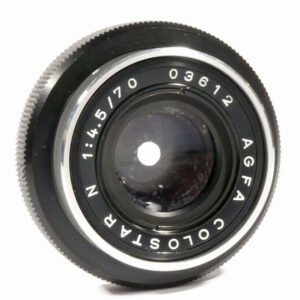
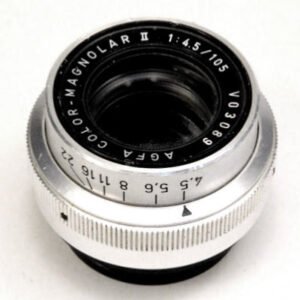


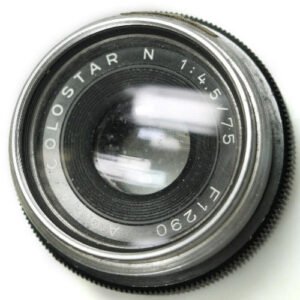

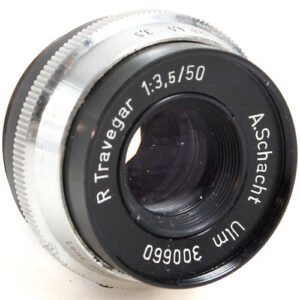
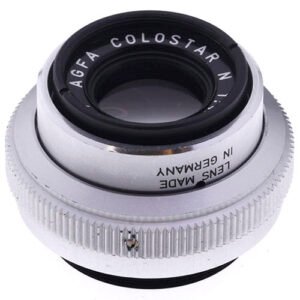

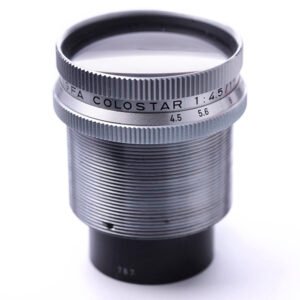
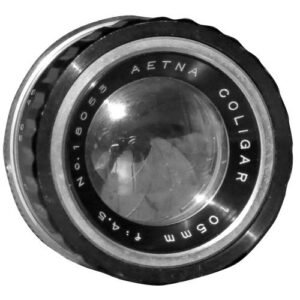

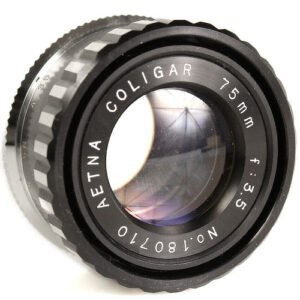

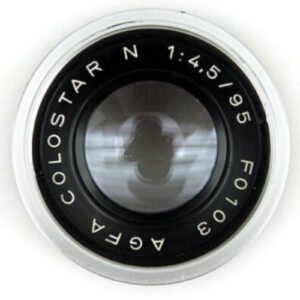
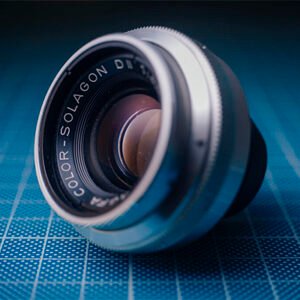

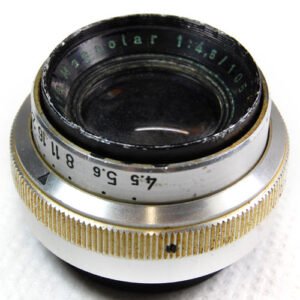
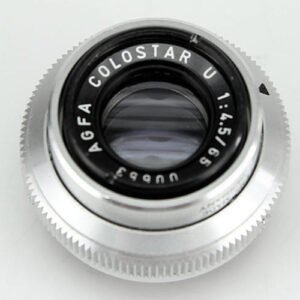

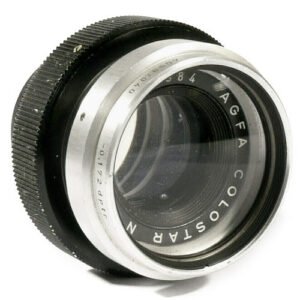


16:9 –
Only one version of this lens exists: the final -N model. It reaches Gold-level resolution at near and far distances (90.8% and 90.3% averaged f5.6-f8) and features superb build quality. The benefits of the similarly Gold-awarded Apo-Rodagon-N 80/4 are extended to a larger image circle, making it better suited to medium-format sensors or those seeking larger movements with 35mm.
Performance is slightly disappointing wide open, scoring 8.6 / 7.9 at near distance (marks out of ten for Zone 1 (centre) and Zone 3 (corner)) and 8.5 / 7.8 at long distance. There is also some very slight colour fringing (especially at f4) that calls into question its ‘Apo’ branding. Despite the multicoating, flare is more problematic than average – as is infrared hotspotting – mandating a deep, tight hood. And if you’re looking for sunstars, look elsewhere: this Apo-Rodagon-N doesn’t indulge in anything so gaudy at any aperture.
Bokeh quality is good, especially at f4: smooth and free of artefacts such as onion-ringing. There’s even a hint of bubble wide open. Stopped down, the curved aperture keeps everything pretty tidy for an enlarger lens. At f4, contrast is low relative to conventional taking lenses, but in combination with adequate resolution and super-saturated colour, the 105/4 N has a very attractive look even at its worst aperture: Velvia-like rendition of blues is particularly impressive. Focus shift is minimal, too – unlike the Nikon 105/5.6.
But stopped down – particularly at f8 – the Rodagon-N reaches levels of performance delivered by only the best primes: 9.3 in Zone 1 and 9.1 in Zone 3. Shift movements enable monstrously detailed multiple exposures and compromise-free perspective correction. Tilt movements are similarly accommodated without edge softening. Comparison with the Schneider Apo-Componon HM 90/4.5 is apt: in short, the Schneider is sharper wide open, but doesn’t quite reach the heights of the Apo-Rodagon-N at f8. Both belong in the very top tier of enlarger lenses, and deserve their elevated prices. Given their value in the used market, both are bargains.
Less obviously, I would draw your attention to a comparison between the Rodenstock Apo-N and Fuji EX range. The Fujinon EX-105/5.6 is an f4 lens hobbled to f5.6 with an undersized aperture, and it’s equally well made, despite the price disparity. In Zone 1 it lags the Apo-105 by around 0.2 at all distances and apertures, and in Zone 3 it’s roughly 0.3 behind – which still makes it a very sharp lens. However, the Fuji EX 90/4.5 matches the Zone 1 performance of the Apo-Rodagon-N 105/4 close up, and only trails by 0.1-0.2 at distance, whereas Zone 3 consistently trails by around 0.2. The Fujinons have slightly stronger contrast, slightly busier bokeh, and classy sunstars from f8. At around 1/4 of the price, the Fuji EX 90/4.5 in particular is heavily under-rated.
Nikon’s EL-Nikkor 105/5.6 is another credible, cut-price alternative. In resolution terms, it sits between the Fuji EX90 and Fuji EX105, but has better-behaved bokeh than either. Shooters looking for ‘conventionally pretty’ smooth bokeh may even find the Nikon more attractive than the Apo-Rodagon-N, but it’s a full stop slower.
A clear notch down from this pair, the standard Rodagon 105/5.6 has lower contrast, single coating, similar bokeh, comparatively ‘sludgy’ (cool) colour rendition and doesn’t rise about 8.7 for any part of the frame at short distance and 8.6 for long distance.
It’s hard to explain why the Rodagon 105/5.6 is reckoned among Ctein’s Top 20 enlarger lenses and the obviously superior Apo-N 105/4 is omitted. The premium Apo-Rodagon-N has no competition at 105mm. There are fine, cheaper options but there’s nothing better.
Jan F. Vanveen –
The best thing about shooting mirrorless is that I can use this lens on a variety of cameras. Just make sure you have the right adapter. Mainly using it on a Sony A7lll and the X-T2 from Fujifilm.
Finding this lens in a thrift store was to my surprise a really good find and could not be happier. Having several other Enlarger lenses this is the one I used the most. Using it mainly with bellows and doing Macro photography. Was really surprised at the new price for this lens. I believe B&H in New York wants $2,200.94 (US) for it now. Can’t see myself forking over that kind of money.
The lens performs well and with the bellows I can shoot close-up or even infinity. The best way to see if you think it performs well (and I think it does) is to look at the evidence aka my images. Mainly shooting wide open, occasionally stopping down to F8. I added a so called “lenshood” to stop any flaring from the flash I use in Macro photography. Sometimes very close, right above the lens.
see the photos: https://live-fts.flickr.com/photos/vanveenjf/albums/72157719731230323